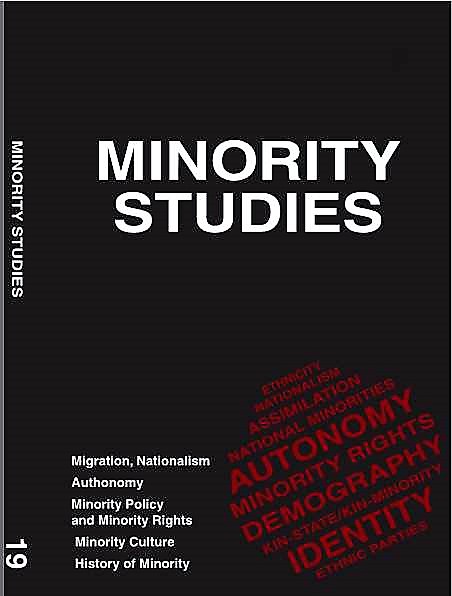In- and Outward Migrations in Hungarian History
In- and Outward Migrations in Hungarian History
Author(s): Tibor FrankSubject(s): Nationalism Studies, Migration Studies, Inter-Ethnic Relations, Ethnic Minorities Studies, Geopolitics
Published by: Lucidus Kiadó
Keywords: Hungarian history; migration; emigration; xenophobia; racism;
Summary/Abstract: Throughout its history Hungary has always been in a vulnerable geopolitical situation which induced large groups to leave, and also to enter, the country. Both welcoming foreigners as well as forcing emigrations have traditions in Hungarian history. The article surveys this dual legacy and its lessons from István I, the first king of Hungary (1000 – 1038) to the current patterns of migrations. Most émigré Hungarians were leaving their homeland because of political or religious persecution, and unemployment. The nature of most of this emigration, however, has been closer to the Gasterbeiter patterns of the 1960s and 1970s. Those who came to Hungary were often invited as additional laborforce after major foreign invasions. The article addresses some of the crucial issues of contemporary xenophobia, racism, and anti-foreignism in Hungary as well as the push and pull factors in the European Union today.
Journal: Minority Research
- Issue Year: 2017
- Issue No: 19
- Page Range: 16-27
- Page Count: 16
- Language: English
- Content File-PDF

